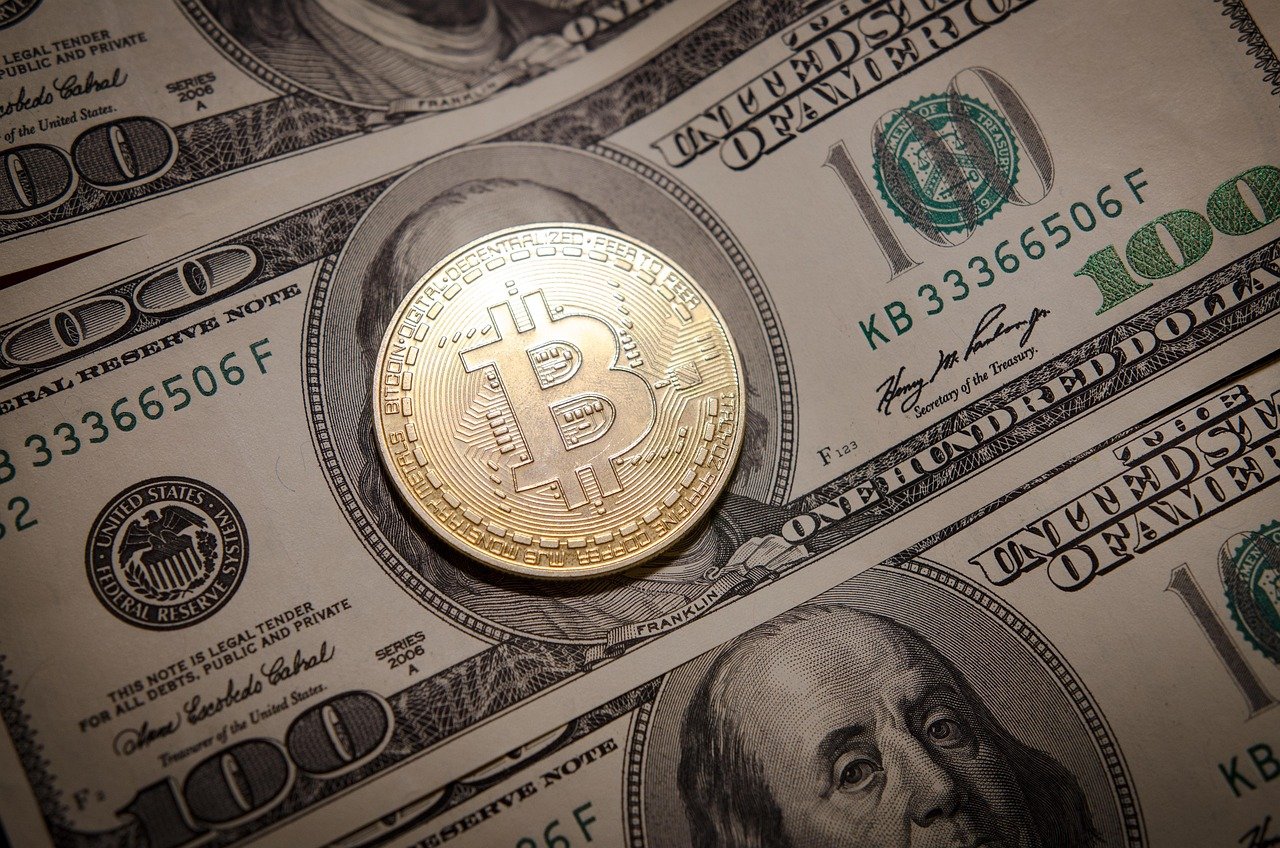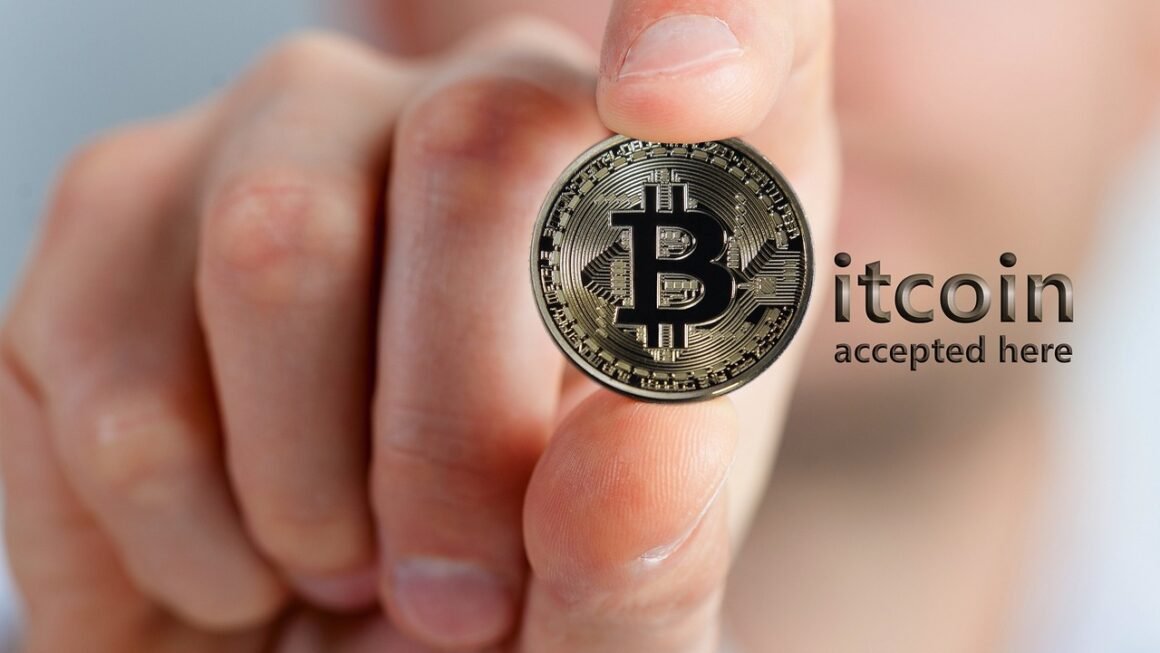Altcoins have emerged as a vibrant and often volatile corner of the cryptocurrency market, offering investors opportunities beyond Bitcoin. From Ethereum’s smart contract capabilities to meme-inspired tokens, the altcoin landscape is incredibly diverse. Navigating this space requires understanding the different types of altcoins, their potential benefits and risks, and how to approach investing in them. This guide will provide a comprehensive overview of altcoins, helping you make informed decisions in this exciting but complex market.
What Are Altcoins?
Definition and Origin
Altcoins, short for “alternative cryptocurrencies,” are any cryptocurrencies other than Bitcoin. Bitcoin, as the first and most well-known cryptocurrency, established the foundation, and altcoins were created to improve upon Bitcoin’s perceived limitations or offer new functionalities.
The Purpose of Altcoins
Altcoins were developed for various reasons:
- Improved Transaction Speed: Some aim to process transactions faster than Bitcoin’s average of 10 minutes per block. Litecoin, for example, offers significantly faster transaction times.
- Enhanced Scalability: Addressing Bitcoin’s scalability issues, some altcoins utilize different consensus mechanisms or blockchain structures to handle more transactions per second.
- New Functionality: Altcoins like Ethereum introduce smart contract capabilities, enabling decentralized applications (dApps) and decentralized finance (DeFi) projects.
- Privacy Features: Cryptocurrencies like Monero focus on enhancing user privacy and anonymity.
- Niche Purposes: Some altcoins are designed for specific industries or communities, such as gaming or content creation.
Market Capitalization and Popularity
The altcoin market has grown significantly over the years. While Bitcoin still dominates the overall cryptocurrency market capitalization, altcoins collectively represent a substantial portion. Ethereum is consistently the second-largest cryptocurrency by market capitalization. Other popular altcoins include Ripple (XRP), Cardano (ADA), Solana (SOL), and Dogecoin (DOGE), although their relative positions fluctuate. According to CoinMarketCap data, altcoins account for over 40% of the total cryptocurrency market capitalization as of late 2023.
Types of Altcoins
Mining-Based Altcoins
These altcoins rely on a proof-of-work (PoW) consensus mechanism, similar to Bitcoin. Miners compete to solve complex cryptographic puzzles to validate transactions and add new blocks to the blockchain.
- Example: Litecoin (LTC): Litecoin was designed to be “silver to Bitcoin’s gold,” offering faster transaction confirmation times and a different hashing algorithm (Scrypt) than Bitcoin’s SHA-256.
- Example: Monero (XMR): Monero is focused on privacy, using techniques like ring signatures and stealth addresses to obscure transaction details.
Stablecoins
Stablecoins are cryptocurrencies designed to maintain a stable value, often pegged to a fiat currency like the US dollar or another asset like gold.
- Example: Tether (USDT): USDT is pegged to the US dollar on a 1:1 basis, aiming to provide a stable store of value for traders and investors.
- Example: USD Coin (USDC): Similar to USDT, USDC is also pegged to the US dollar and is issued by a consortium called Centre, which includes Coinbase and Circle.
Security Tokens
Security tokens represent ownership in a real-world asset, such as equity in a company or real estate. They are subject to securities regulations and often offer dividends or other forms of profit-sharing.
- Example: tZERO: tZERO is a platform for trading security tokens, aiming to provide a regulated and transparent marketplace for tokenized assets.
Utility Tokens
Utility tokens provide access to a specific product or service on a blockchain platform. They are not designed as investments but rather as a means of accessing functionality within a particular ecosystem.
- Example: Basic Attention Token (BAT): BAT is used within the Brave browser to reward users for viewing ads and to compensate content creators.
- Example: Chainlink (LINK): LINK is used to pay node operators on the Chainlink network, which provides real-world data to smart contracts.
Meme Coins
Meme coins are cryptocurrencies based on internet memes or jokes. They often gain popularity through social media hype and community support.
- Example: Dogecoin (DOGE): Originally created as a joke, Dogecoin has gained a significant following and market capitalization.
- Example: Shiba Inu (SHIB): Inspired by Dogecoin, Shiba Inu is another meme coin that has seen rapid price fluctuations.
Benefits and Risks of Investing in Altcoins
Potential Benefits
- High Growth Potential: Altcoins, especially those with innovative technologies or strong communities, can offer significant returns if they gain adoption.
- Diversification: Investing in altcoins can diversify a cryptocurrency portfolio, potentially reducing overall risk.
- Access to New Technologies: Altcoins allow investors to participate in emerging blockchain technologies, such as DeFi, NFTs, and decentralized applications.
- Specific Use Cases: Some altcoins solve specific problems or cater to niche markets, offering targeted investment opportunities.
Risks and Challenges
- Volatility: Altcoins are generally more volatile than Bitcoin, making them susceptible to significant price swings.
- Liquidity Issues: Many altcoins have lower trading volumes than Bitcoin, making it difficult to buy or sell large amounts without affecting the price.
- Regulatory Uncertainty: The regulatory landscape for cryptocurrencies, including altcoins, is still evolving, which can create uncertainty and potential legal challenges.
- Scams and Fraud: The altcoin market is prone to scams and fraudulent projects, such as pump-and-dump schemes and exit scams.
- Lack of Adoption: Many altcoins fail to gain widespread adoption, leading to their eventual demise.
How to Research and Evaluate Altcoins
Due Diligence
Before investing in any altcoin, thorough research is essential.
- Understand the Technology: Study the altcoin’s whitepaper and technical documentation to understand its underlying technology and use case.
- Assess the Team: Research the team behind the project to determine their experience, expertise, and track record.
- Analyze the Community: Evaluate the community’s size, engagement, and sentiment towards the project. A strong and active community can be a positive sign.
- Review Market Data: Analyze the altcoin’s price history, trading volume, and market capitalization to assess its liquidity and volatility.
- Check for Partnerships: Look for partnerships with established companies or organizations, which can indicate the project’s credibility and potential for adoption.
Key Metrics to Consider
- Market Capitalization: Represents the total value of the altcoin in circulation.
- Trading Volume: Indicates the liquidity and demand for the altcoin.
- Circulating Supply: The number of coins currently in circulation.
- Total Supply: The total number of coins that will ever be created.
- Whitepaper Quality: A well-written and comprehensive whitepaper demonstrates the project’s vision and technical details.
Tools and Resources for Research
- CoinMarketCap: Provides comprehensive data on cryptocurrencies, including market capitalization, trading volume, and price history.
- CoinGecko: Similar to CoinMarketCap, offering detailed cryptocurrency data and analytics.
- Messari: Offers research reports, data dashboards, and analytics tools for cryptocurrency investors.
- Whitepapers: Official documents outlining the technology and vision of a cryptocurrency project.
- Blockchain Explorers: Allow you to view transaction data and other information on a specific blockchain.
- Social Media: Platforms like Twitter and Reddit can provide insights into community sentiment and project updates.
Investing in Altcoins: Practical Tips
Diversification
Diversifying your altcoin portfolio is crucial to mitigate risk. Don’t put all your eggs in one basket.
- Invest in multiple altcoins: Spread your investments across a range of altcoins with different use cases and market caps.
- Allocate based on risk tolerance: Allocate a larger portion of your portfolio to more established altcoins with lower volatility, and a smaller portion to riskier, high-growth potential altcoins.
Risk Management
- Set stop-loss orders: Use stop-loss orders to limit potential losses if the price of an altcoin drops.
- Take profits regularly: Don’t get greedy. Take profits when your investments appreciate significantly to secure gains.
- Only invest what you can afford to lose: Altcoins are highly volatile, so only invest an amount you’re comfortable losing.
Secure Storage
- Use hardware wallets: Hardware wallets provide the most secure way to store your altcoins offline.
- Enable two-factor authentication: Use two-factor authentication on your cryptocurrency exchange accounts to protect against unauthorized access.
- Be wary of phishing scams: Be cautious of phishing emails and websites that attempt to steal your private keys or login credentials.
Stay Informed
- Follow reputable news sources: Stay up-to-date on the latest developments in the cryptocurrency market by following reputable news sources and research platforms.
- Join online communities: Participate in online communities and forums to learn from other investors and stay informed about new projects and trends.
- Continuously educate yourself: The cryptocurrency market is constantly evolving, so it’s important to continuously educate yourself about new technologies and investment strategies.
Conclusion
Navigating the altcoin market requires careful research, a clear understanding of the risks involved, and a well-defined investment strategy. While altcoins offer the potential for high returns, they also come with significant volatility and the risk of scams. By conducting thorough due diligence, diversifying your portfolio, managing risk effectively, and staying informed, you can increase your chances of success in the exciting world of altcoins. Remember to always invest responsibly and only invest what you can afford to lose.



